LOST TRACK OF MA NHAI QUY
In 2018, in an effort to survey and research the Han Nom inscription heritage of Ngu Hanh Son, the research team of Lieu Quan Buddhist Center ( Hue ) uncovered and collected about 60 stele texts (not including more than 30 texts that were smeared or blurred) at Thuy Son mountain. Venerable Thich Khong Nhien expressed regret that the system of stele texts here is not only facing the harsh weathering of time but has also long suffered from human erosion, causing most of the stele texts to be deformed by the rough lines carved by later generations, or completely covered under layers of cement and lime.
Hoa Nghiem Cave in Ngu Hanh Son has many plastered-over ghost cliffs. PHOTO: HOANG SON
Master Ngo Duc Chi, Central Vietnam Institute of Social Sciences , when surveying 5 caves Tang Chon, Huyen Khong, Van Thong, Linh Nham, Am Phu and some other locations, counted about 90 ma nhay. Based on the content and form, this expert determined the age of the ma nhay carvings to be from the 17th to 20th century. The content is quite rich, mainly focusing on the poetry of kings and poets who came to this place to compose and carve on the cliffs or on stone steles; recording the history of formation and construction of architectural works of pagodas, temples... Notably, a preliminary survey of 76 ma nhay in Huyen Khong and Tang Chon caves found that only 31 ma nhay were in a state where they could be read in their entirety (accounting for more than 40%), 33 ma nhay were partially or completely worn out (accounting for 43%), 5 ma nhay were carved, 14 ma nhay were damaged by painting...
Pointing out the factors that threaten the ma nham, MSc. Ngo Duc Chi divided them into two main groups. Specifically, regarding the group of natural factors, due to being located in a hot and humid climate, near the sea, the ma nham surface is affected by wind, sun, rain... These are natural factors that threaten the weathering of the ma nham surface. Plants, moss, lichen... grow on the ma nham surface. The group of factors from humans such as unintentionally carving new letters on top of the ma nham; chiseling and destroying the content and even some ma nham are painted over. At the discussion on ma nham recently organized by the Department of Culture and Sports of Da Nang City, MSc. Ngo Duc Chi stated that the process of building new architectural works, public works, civil works... sometimes unintentionally encroaches, destroys, and covers up ma nham.
The ancient Buddhist site of the Ngu Uan mountain cave, where the Buddha entered nirvana, was brutally damaged by chisel strokes on its surface. PHOTO: HOANG SON
"A typical example is a ma nhay by author Thich Dai San (1633-1704) - a Chinese Buddhist missionary invited by Lord Nguyen Phuc Chu to Dang Trong at the end of the 18th century, which has not been found in the field. The printed copy of the ma nhay is being stored at the French Republic Library. This information is printed in the book "General Collection of Vietnamese Han Nom Engravings", volume 21. We assume that this ma nhay was covered by one of the works mentioned above. For the above reasons, we see that the level of danger threatening the ma nhay is very high. Without synchronous and continuous conservation solutions, the risk of degradation or disappearance is imminent", Mr. Chi informed.
EMERGENCY BLOCKAGE PROTECTION
From the project to preserve and promote the value of 82 doctoral steles, Dr. Nguyen Van Tu, Deputy Director of the Center for Cultural and Scientific Activities of the Temple of Literature - Quoc Tu Giam, said that it is necessary to study appropriate solutions to preserve and restore the structure and surface of the stone steles. Accordingly, regarding the solution to preserve stone steles, it is necessary to determine the chemical composition, minerals and physical properties of the type of stone used in the relic. Measure and determine data and environmental and atmospheric conditions; analyze and determine harmful agents to the stone surface. Clean the stone surface (remove harmful substances) by mechanical methods such as chiseling, scraping, spraying mold, spraying stone dust, steaming, micro-blowing... or by chemical methods of cleaning, washing impurities, and eliminating biological components.
Many cracks have appeared on the Pho Da Mountain's sacred Buddha statue, the most valuable statue in Ngu Hanh Son. PHOTO: HOANG SON
Regarding the protection of the stone surface, Dr. Nguyen Van Tu proposed a solution to create a protective film against the penetration of water, polluted air, impurities, and limit the development of biological factors. The functional sector needs to establish a scientific record of the documentary heritage; establish an archive, preserve the documentary records of the stone steles; digitize all documents, build a database, and develop data management software. Researcher Ho Xuan Tinh said that to preserve and pass on this ma nhai system, it is necessary to apply both manual methods and modern technology. "It is necessary to re-identify the faded letters, use skilled sculptors to chisel and restore the letters on the stone wall, then apply nanotechnology to create a surface coating, helping the ma nhai resist the erosion of rainwater and mold," Mr. Tinh suggested.
According to Master Ngo Duc Chi, the first urgent task is to block off and protect the stone carvings, avoiding all physical impacts. At the same time, conduct surveys, statistics, and collect data scientifically, with complete textual data. The survey and data collection process includes taking photos, evaluating, copying, printing, and digitizing data as soon as possible. Blockade is carried out by creating barriers, distances, and separating the physical impacts of visitors on the stone carvings. Research to find solutions to restore the original state of the painted stone carvings. This is a difficult task that requires the cooperation of many multidisciplinary experts, including experts in the field of petrology, experts in the field of traditional sculpture, and Han Nom experts.
The rocky mountain system at Ngu Hanh Son has many cliffs with great historical and cultural value... PHOTO: HOANG SON
"In cases where the solutions are uncertain, it is advisable to be cautious in preserving the original state. Organizing periodic inspections, through comparing the database over time, can lead to accurate assessments of the causes leading to the deterioration of the ma nhai. It is necessary to have solutions for monitoring the ma nhai heritage," said Mr. Chi. At the same time, he proposed the solution: "Training and coaching relic management staff on the conservation and protection of ma nhai. This work opens up opportunities for local organizations and individuals to access and learn knowledge and skills on the conservation of steles. It is possible to refer to the conservation and management methods of other similar heritages in the world, such as Bi Lam or Thach Lam (China)".
Source: https://thanhnien.vn/gian-nan-bao-ton-di-san-ma-nhai-ngu-hanh-son-185250326231456912.htm


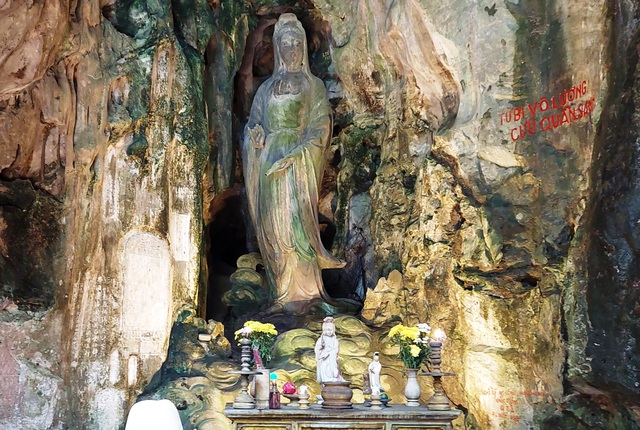
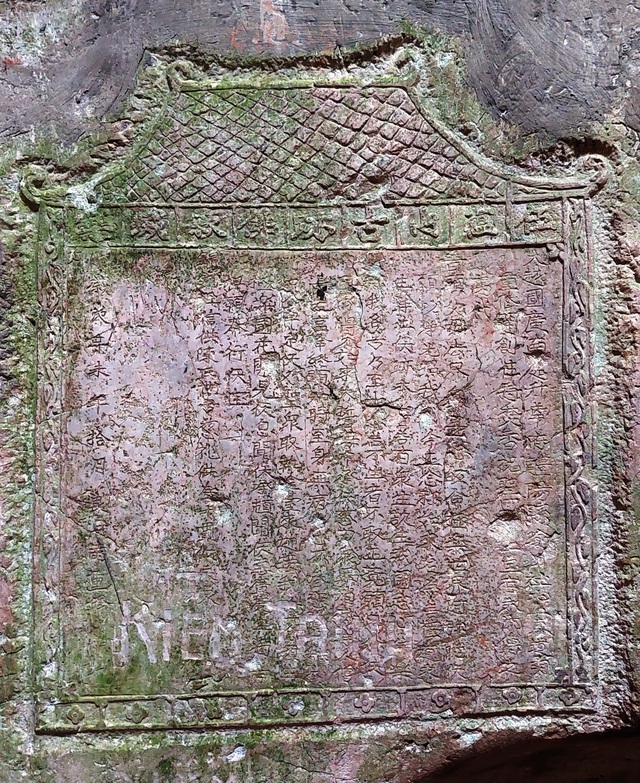
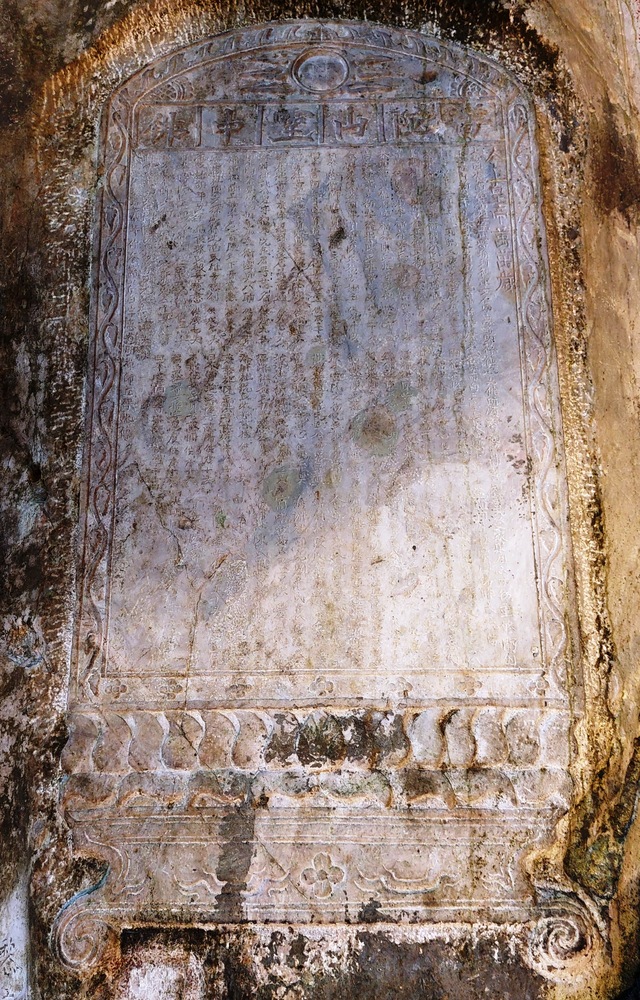
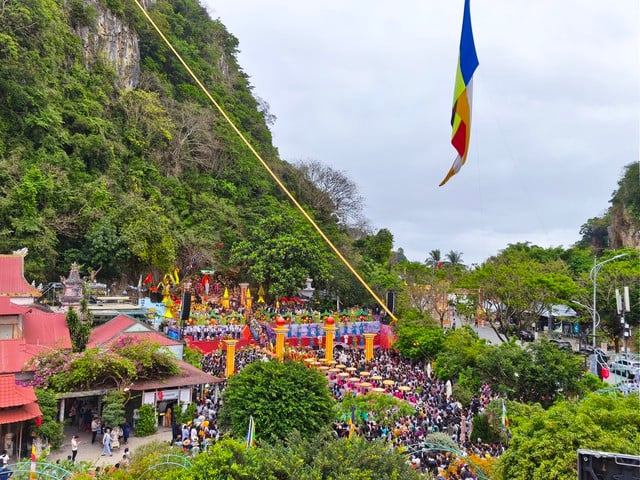
![[Photo] President Luong Cuong attends the 80th Anniversary of the Traditional Day of Vietnamese Lawyers](https://vphoto.vietnam.vn/thumb/1200x675/vietnam/resource/IMAGE/2025/10/09/1760026998213_ndo_br_1-jpg.webp)


![[Photo] Prime Minister Pham Minh Chinh chairs a meeting of the Government Standing Committee on overcoming the consequences of natural disasters after storm No. 11](https://vphoto.vietnam.vn/thumb/1200x675/vietnam/resource/IMAGE/2025/10/09/1759997894015_dsc-0591-jpg.webp)

![[Photo] General Secretary To Lam visits Kieng Sang Kindergarten and the classroom named after Uncle Ho](https://vphoto.vietnam.vn/thumb/1200x675/vietnam/resource/IMAGE/2025/10/09/1760023999336_vna-potal-tong-bi-thu-to-lam-tham-truong-mau-giao-kieng-sang-va-lop-hoc-mang-ten-bac-ho-8328675-277-jpg.webp)
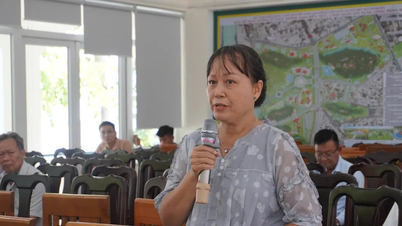


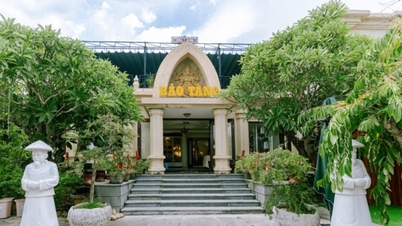

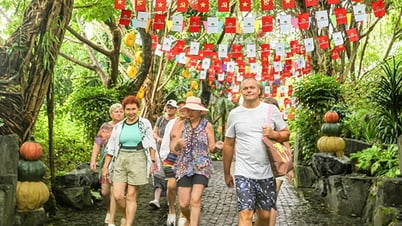




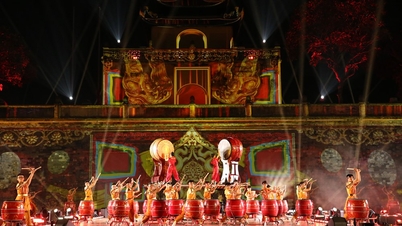

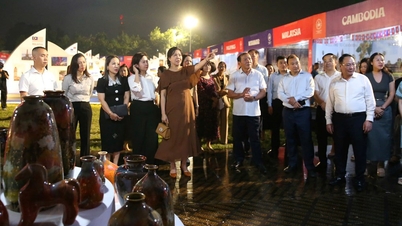


















































































Comment (0)